Tamron SP 45 mm f/1.8 Di VC USD
5. Chromatic and spherical aberration
Chromatic aberration
The Tamron 1.8/45 doesn’t have any significant problems connected to the longitudinal chromatic aberration but its influence could be noticed at the maximum relative aperture. Fortunately after stopping down the lens by 1 EV stop the problem disappears completely. Still this performance is worse than that of the Sigma A 1.4/50 which, despite a faster aperture, corrected that aberration better, but it is comparable to the results of the Nikkor 1.8/50G.
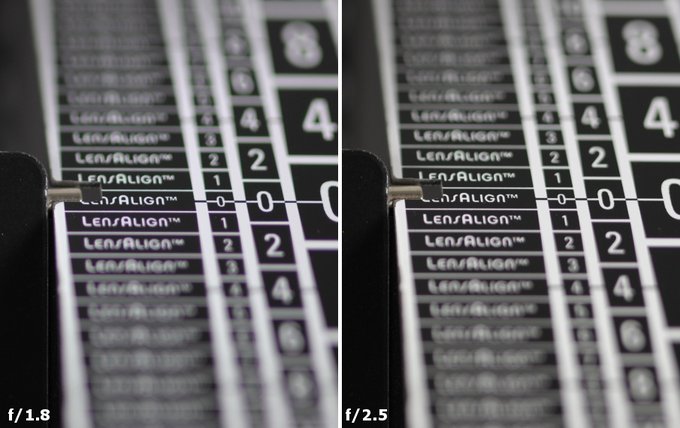 |
Please Support UsIf you enjoy our reviews and articles, and you want us to continue our work please, support our website by donating through PayPal. The funds are going to be used for paying our editorial team, renting servers, and equipping our testing studio; only that way we will be able to continue providing you interesting content for free. |
- - - - - - - - - - - - - - - - - - - - - - - - - - - - - - - - - - - - - - - - - - - - - - - -
The graph shown below presents the results we got in the category of lateral chromatic aberration.
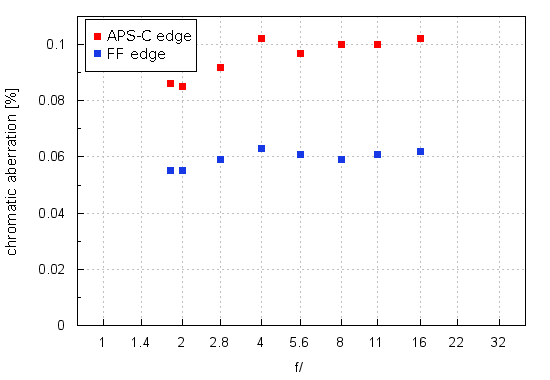
If you limited yourself to the analysis of the full frame edge the lens could only be praised because values near 0.06% we consider to be low. However after you look at the edge of the APS-C sensor you see results reaching near 0.1% which constitutes a medium level. Once again the Tamron is defeated here by some of its rivals; for example the Sigma A 50 mm f/1.4 DG HSM didn’t exceed a level of 0.04% anywhere, the Nikkor AF-S 50 mm f/1.8G kept a level of 0.07–0.08%, and the Canon EF 50 mm f/1.8 STM had results ranging from 0.02 to 0.06%.
It looks a lot like the frame centre performance in the resolution category. The results of the Tamron are good or very good and it would be difficult to criticize it for anything but still its rivals, even those cheaper ones, momentarily managed to fare better.
| Nikon D3x, RAW, f/2.0 | Nikon D3x, RAW, f/16.0 |
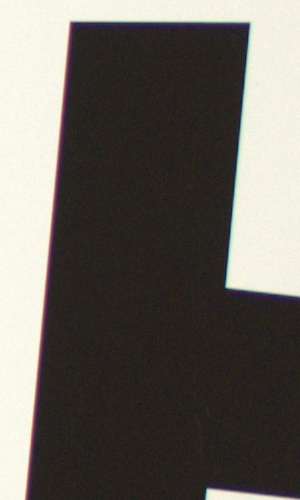
|
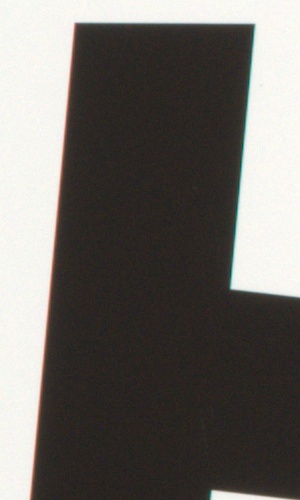
|
Spherical aberration
First photos in this chapter show pretty clearly that the lens doesn’t have any problems with the focus shift effect. Circles of light we got in front of and behind the focal point are perhaps not completely identical but there is nothing truly worrying in them either. What’s more, even by f/1.8 the images provided by the Tamron are properly contrasted, without mist so characteristic for optical constructions which correct spherical aberration badly. These premises make us say that the Tamron 1.8/45 doesn’t have any significant spherical aberration problems.
| Nikon D3x, f/1.8, in front of | Nikon D3x, f/1.8, behind |
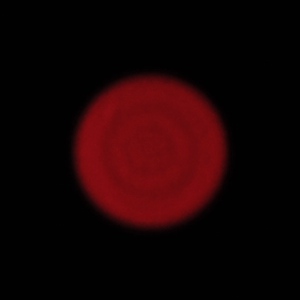
|
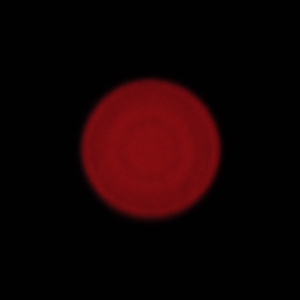
|






